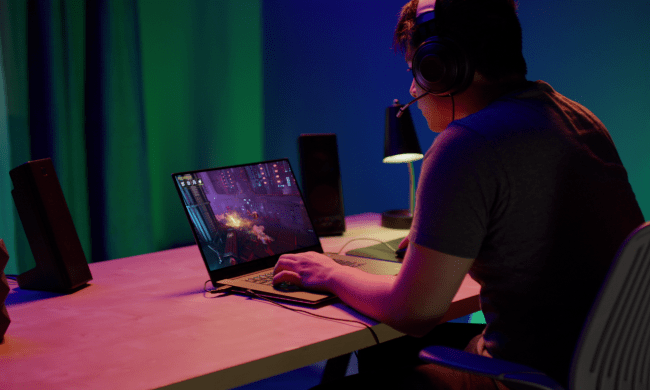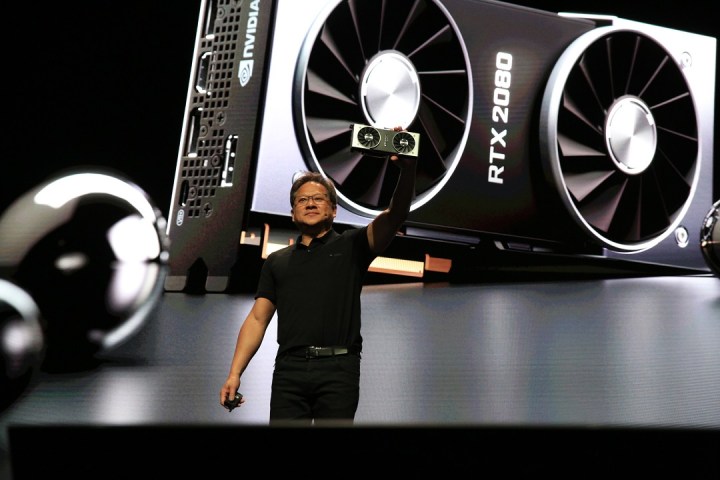
Let me set the stage. It’s August 2018, and Nvidia is taking the stage to show off its next generation of graphics cards that carry a fancy new badge: RTX. It had just come off of the Pascal generation of GPUs, which persist in some PCs even to this day, and with crypto mining dying off at the time, the way was clear for a new generation of Nvidia GPUs to shock the world.
And shock they did, but not quite in the way Nvidia intended. This new generation, which carried with it some significant price increases compared to the GTX days, was built around a cutting-edge feature in the world of real-time graphics: ray tracing. The problem was that none of the cards could do
On top of that, Nvidia’s Deep Learning Super Sampling (DLSS), an AI-powered upscaler that promised to boost performance in games with
Nvidia’s visions of grandeur looked silly at the time, with expensive hardware supposedly developed for next-gen tech like
From niche to mainstream
Let’s start with DLSS because it’s arguably the more important development than
Nvidia clearly knew DLSS 1.0 wasn’t good enough. In less than a year, Nvidia introduced DLSS 2.0. It ditched per-game training for a generalized model, leading to much better image quality, and it was far more efficient than the original implementation of DLSS, leading to higher performance boosts. It was still a niche feature, but as any PC gamer can tell you today, that’s not the case anymore.
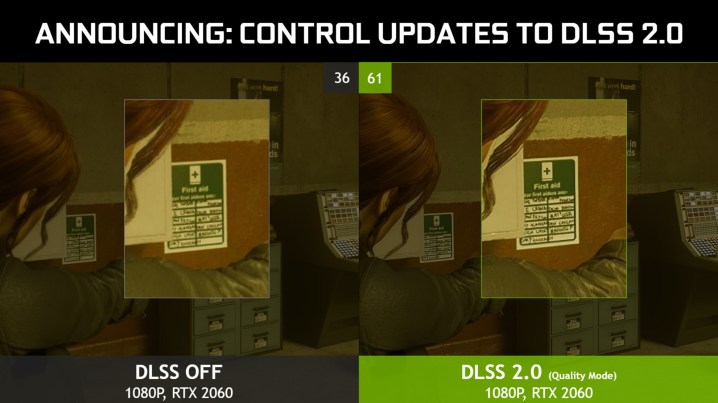
DLSS has become perhaps even bigger than the RTX branding Nvidia led with in 2018. There’s a solid argument that Nvidia’s
Even without a performance boost, Nvidia’s Deep Learning Anti-Aliasing (DLAA) offers better anti-aliasing than traditional implementations. That’s why you see games like Alan Wake 2 that don’t use traditional anti-aliasing solutions instead rely on DLSS. And that’s why you hear that DLSS can look better than native resolution because, with its anti-aliasing, it truly can.
That’s just with DLSS 2.0, too. Nvidia has continued to refine and improve DLSS. On current-gen GPUs, it can not only offer better anti-aliasing and a massive performance boost through upscaling, it can also generate frames and leverage an AI denoiser for more accurate ray-traced effects. DLSS isn’t just a fringe feature for a few games like it was in 2018. True to Nvidia’s vision at the time, it’s an essential feature that can influence a buying decision.
It (finally) just works
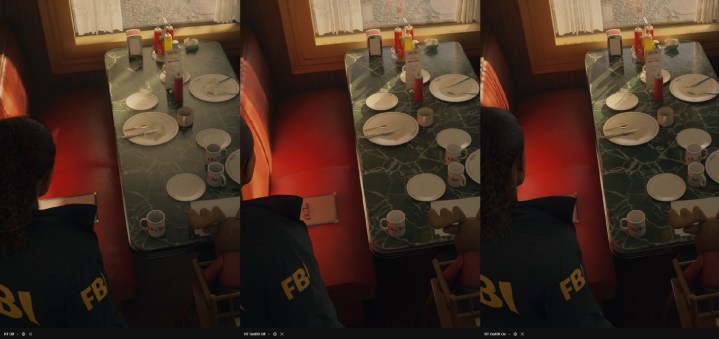
But back in 2018, Nvidia didn’t lead with DLSS. It was an extra feature, likely a way to get
Nvidia’s idea was to bounce light rays around a scene in real time to achieve this effect, which had been a staple in offline rendering — think an animated movie — for years. It just didn’t work well at the time. Actually tracing all of those rays in real time wasn’t possible on the hardware available at the time (there’s an argument it’s not possible on the hardware today), so there were compromises. You cut back the number of rays, reduce the number of effects using
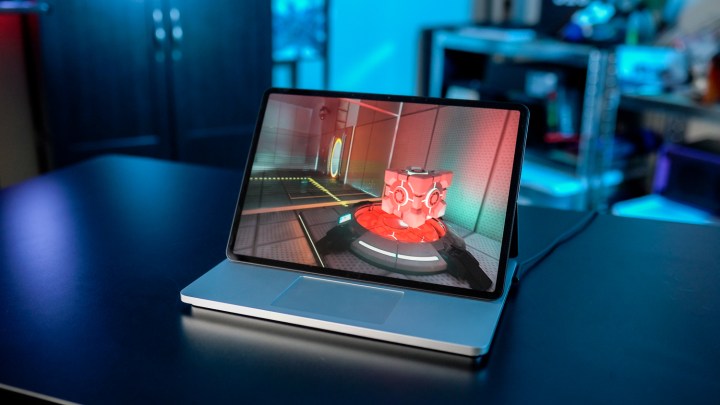
That was the problem Nvidia encountered with the launch of RTX 20-series GPU. The revolution of
The following generation of Nvidia GPUs were better at
Similar to DLSS, you’d have a hard time finding a AAA game that released this year without
We’ve already seen the power of path tracing in games like Alan Wake 2, Cyberpunk 2077, and Portal RTX, all of which offer some of the most realistic visuals you can find in gaming right now. Path tracing is only bolstered by DLSS 3.5, not only offering playable frame rates in these games, but also enhancing the quality of the
Five years in the making
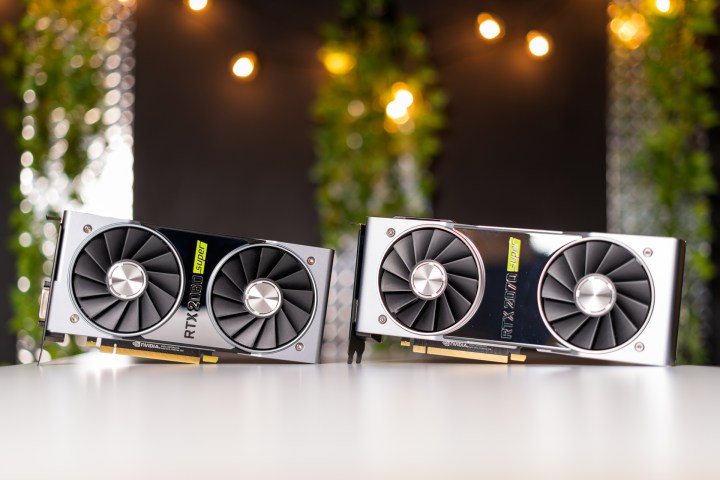
In 2018, when Nvidia introduced the RTX platform, it seemed like a lot of hoopla with no practical value (and a significant increase to GPU prices). This year, however, Nvidia’s platform is fully formed.
The question is where we go from here. We have AI-generated frames, special


